Blue Effect
The X3 xDrive30e would not be the first PHEV that the Bavarian brand has developed, but with our nation just beginning with its direction to go electric, greener cars like X3 xDrive30e are now brought even more into the spotlight.

BMW has recently been giving a serious push with its PHEV (Plug-in Hybrid Electric Vehicle) range. For developed countries, this move presents a viable mid-term solution to cleaner air, as many cities strive to go electric.
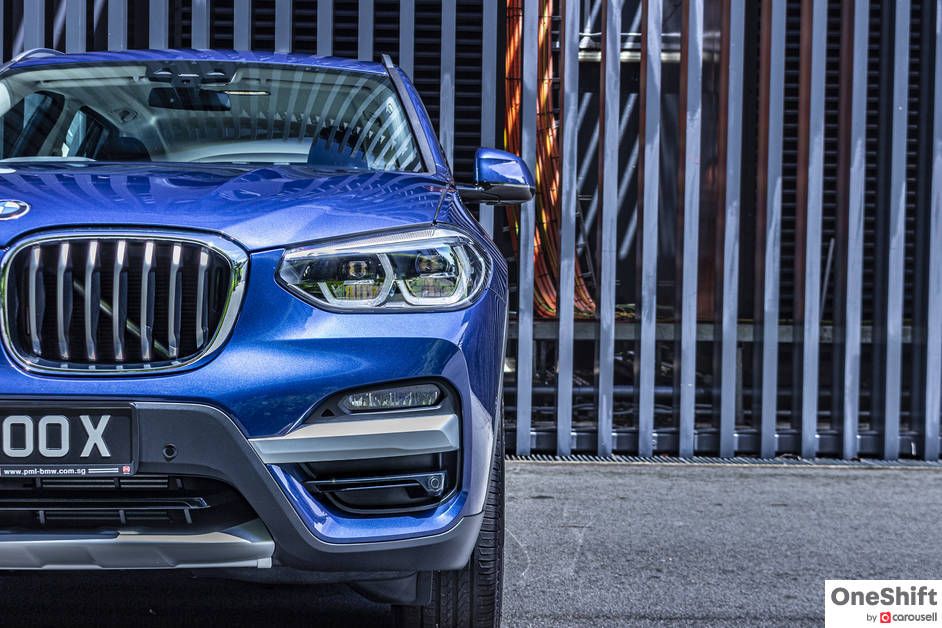
However in Singapore where the bulk of us reside in public housing, it will take a while before the infrastructure is rolled out to a point where a larger share of the car owning population can make that switch to EVs.
The X3 xDrive30e would not be the first PHEV that the Bavarian brand has developed, but with our nation just beginning with its direction to go electric, greener cars like X3 xDrive30e are now brought even more into the spotlight.
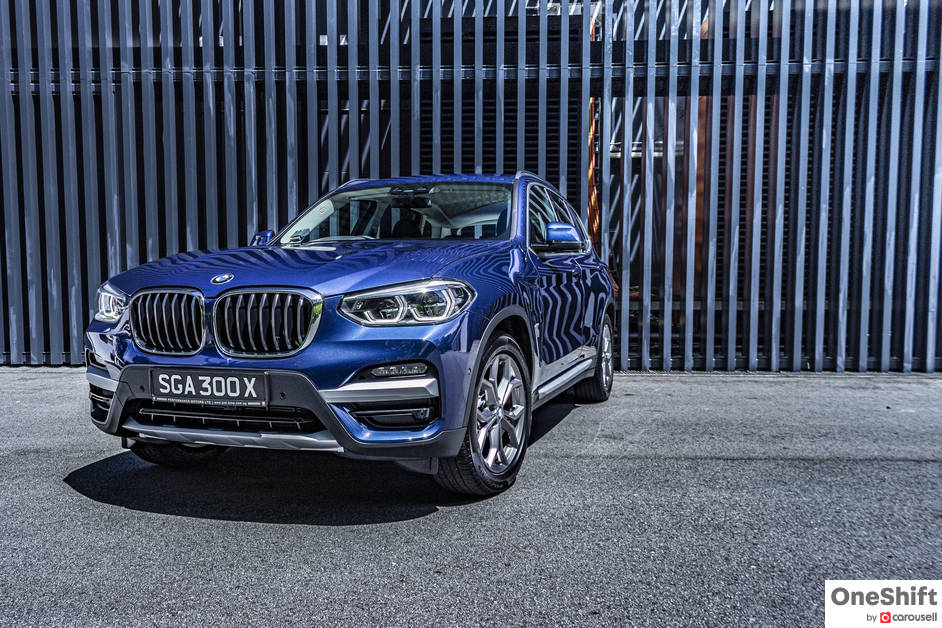
The X3 might not be entirely new, and we have tested most of the offerings available in Singapore, ranging from the entry sDrive20i, middle-of-pack xDrive30i, and the hotter M40i models… and a lovely 2-litre diesel example, which we featured in a two-part Western Australian travel special (Part 1 & Part 2).
The sculpting which includes BMW’s signature quad headlamps, and large kidney grille lends to the X3’s authoritative road presence. Faux side air vents on the front fenders, first seen on this SAV, have also now made their way onto the larger X5 and X7 cars.
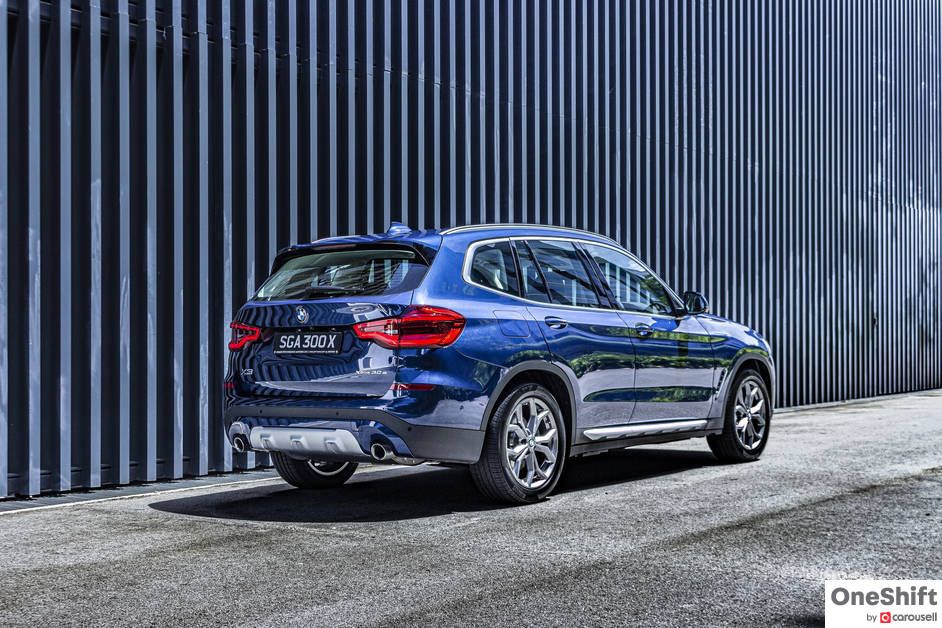
There are almost no giveaways that the X30e houses more than just an internal combustion engine from the outside, apart from cover for the charging port, sited on the left-hand front fender, and the car’s ‘e’ badging.
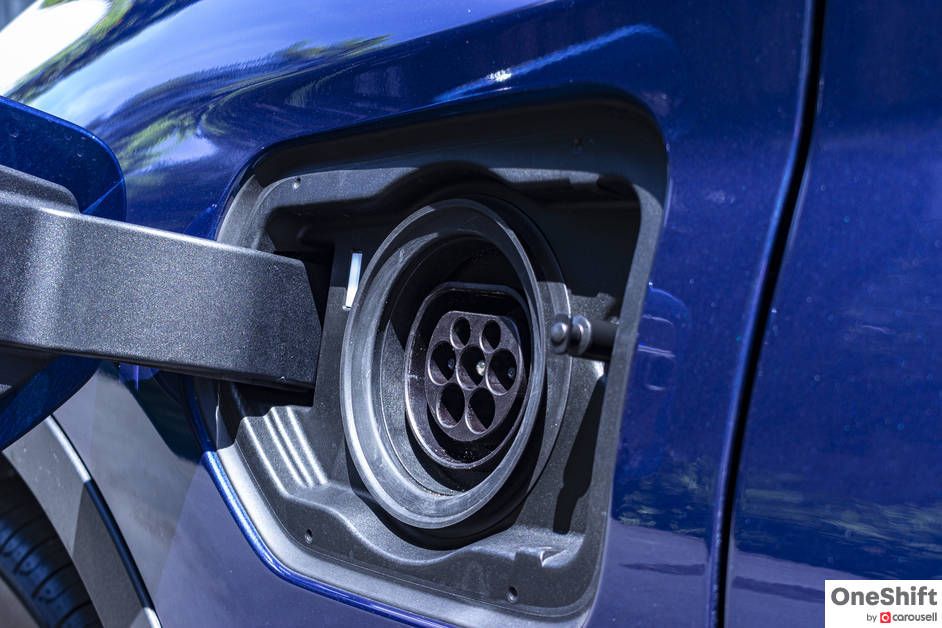
With the 2020 model year refresh, BMW has updated the X3, which now sports a new 12.3” digital instrument cluster, similar as the ones found on its newer range of cars, like their award-winning Compact Executive 3 Series and flagship SAV, the X7. The infotainment system has also been upgraded to their new Operating System 7.0, fronted by a 10.25” Control Display, which benefits from voice recognition; arguably the most user-friendly one available in the market at the moment. I do like how BMW designed their charging pad, with a generous charging area, meaning that it can easily accommodate most large mobile phones.
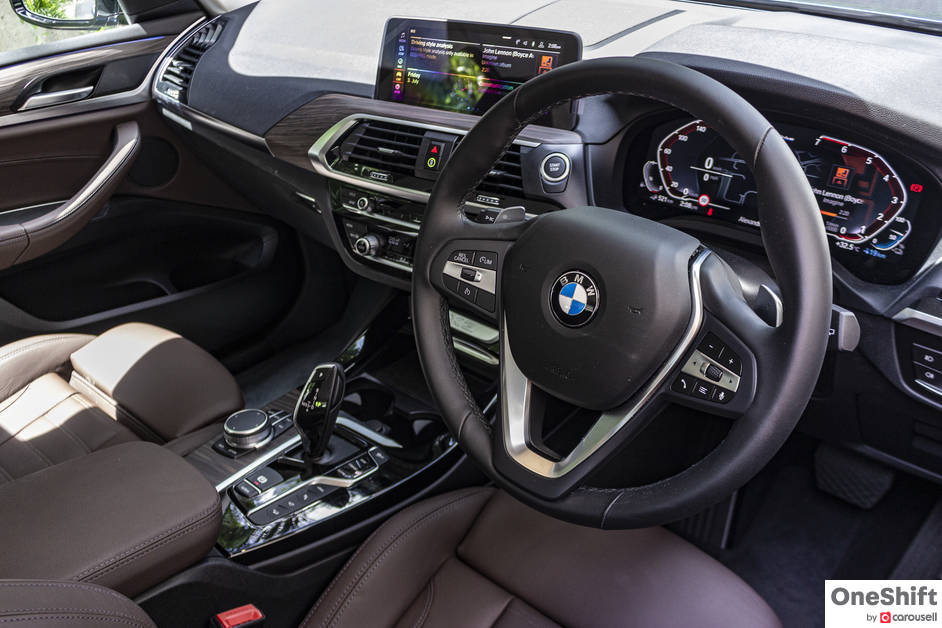
For Singapore, BMW has also done away with their Gesture Control, which was a double-edged sword. On one hand, you could do quite a bit of toggling with a few waves of your hand or finger, and on the other... those who habitually talk with their hands (like I) would inadvertently have raised and lowered the volume, or skipped a few music tracks within a span of a short journey.
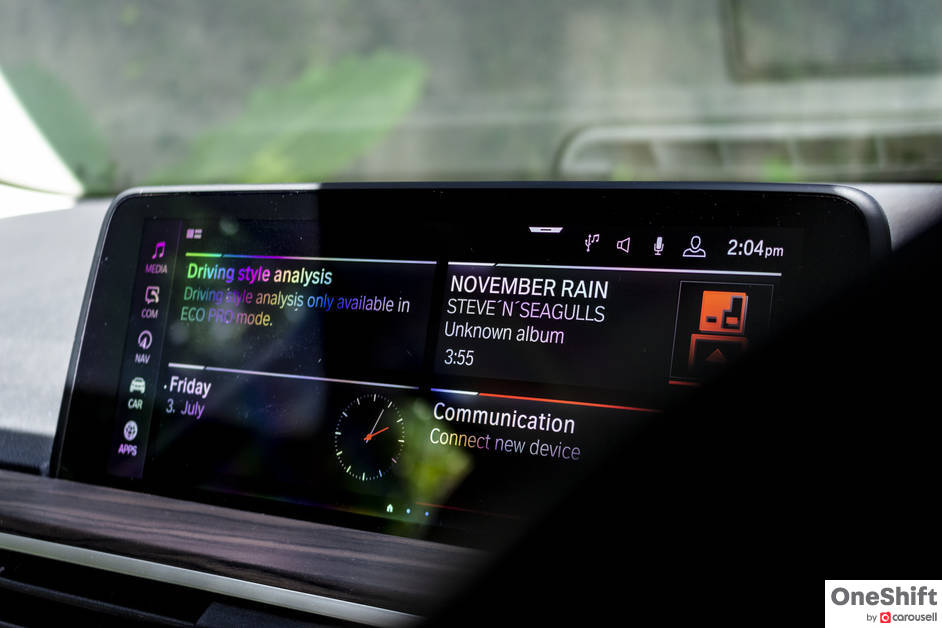
The X3’s interior features Vernasca leather upholstered seats which include electrically adjustable side bolsters, for better lateral support. Decorative open pore ‘Fineline’ Cove wood inserts on the door cards and dash are a classy and tasteful addition, delivering a grow-up vibe to the interior.
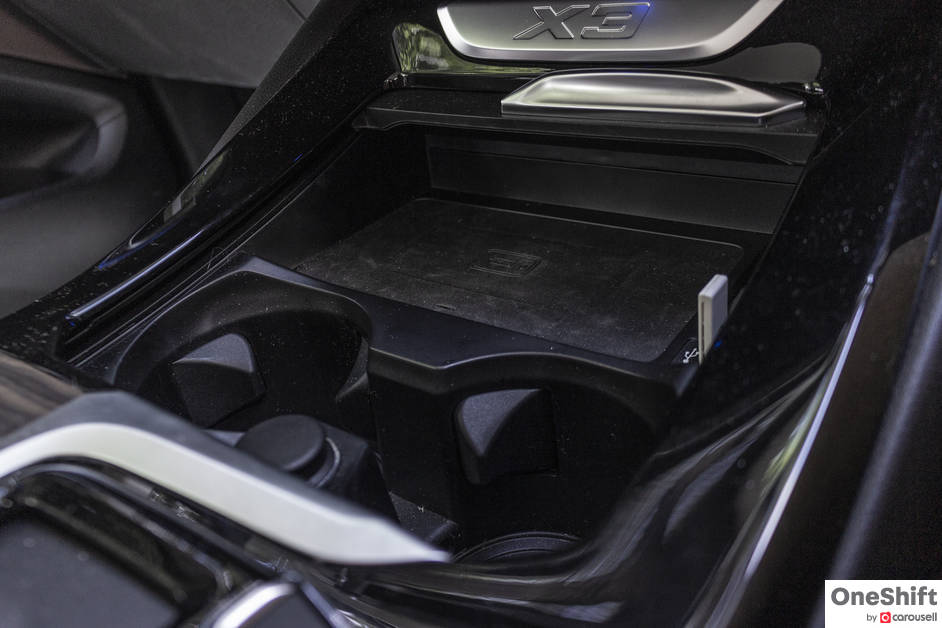
Passengers at the rear benefit from ample legroom, thanks to the X3’s generous 2,864mm wheelbase, and benefit from two USB-C sockets for charging their mobile devices.
Cargo room is reduced for this PHEV, due to space sacrificed on the boot floor for the battery. However at 450 litres, it is still very practical; and we like that the battery does not get in the way of the rear seatbacks, meaning that the rear seats still fold, allowing cargo room to expand up to 1,500 litres. The large stowage space under the boot board which you would find on non-PHEV X3s, has also all but disappeared.
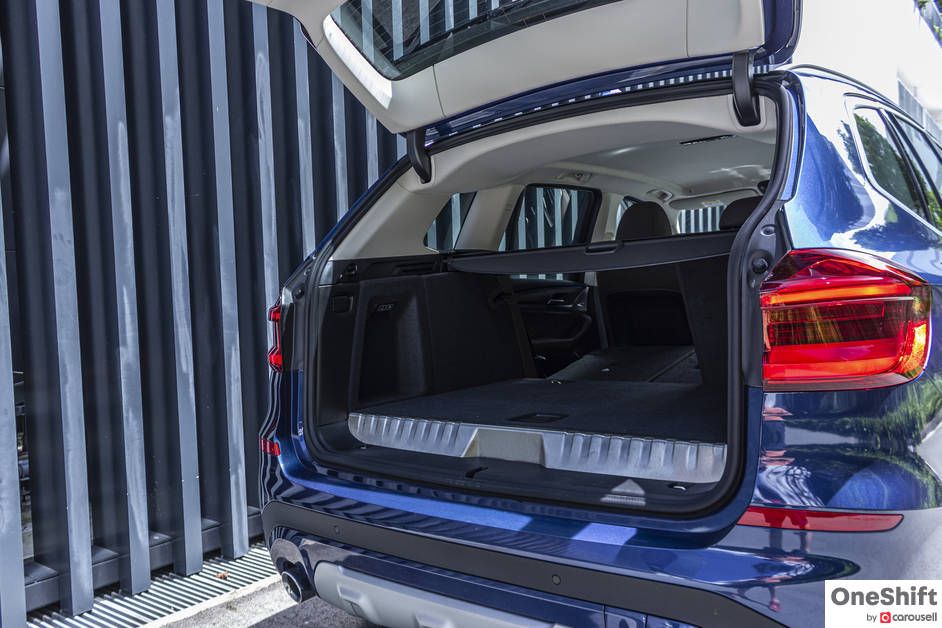
We were surprised that even with the added weight of the battery, the xDrive30e has such good road manners. The added weight which we anticipated would unsettle the car, was hardly noticeable, and in-fact, the X3 felt planted around the bends, and even begged for more. The suspension, which is moderately firm, offers the right mix of ride comfort and plays a large role in delivering the X3’s stellar road-hugging capabilities. On the flip, those runflat tyres, which are a necessity, would mar an otherwise pleasant experience.
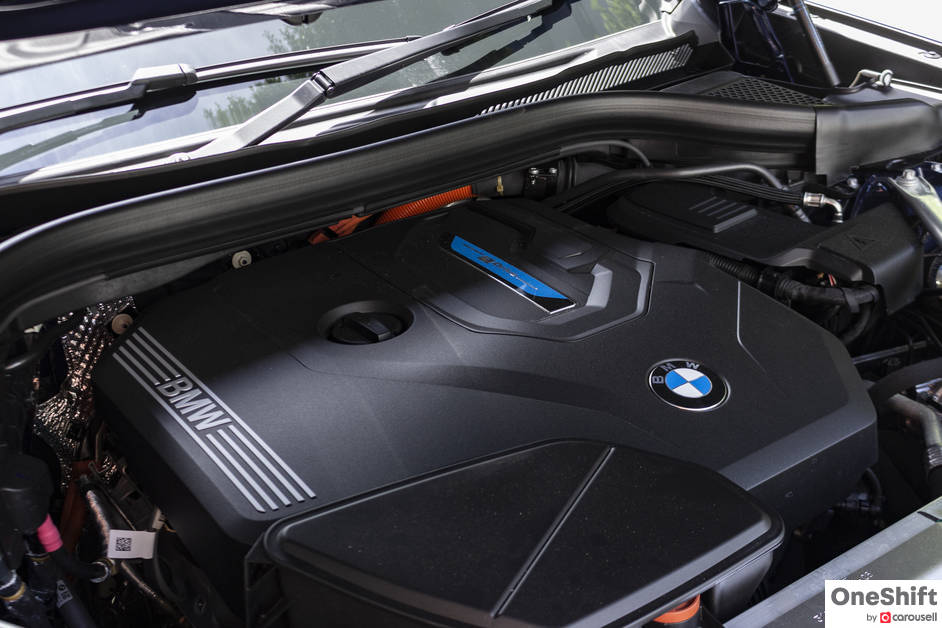
The X3 xDrive30e is powered by a 2.0 turbocharged engine, essentially with the same one found in the base sDrive20i variant, delivering 184hp and 300Nm. Its electric drivetrain ramps this up to 292hp and 420Nm, meaning that on paper, it delivers more than the xDrive30i model. The addition of its electric drivetrain also means that the inherent lag often found on turbocharged engines is effectively canceled. Planting your foot down on the throttle from a standstill immediately harnesses the electric motor’s full 265Nm, before the engine takes over, propelling you to the benchmark 100km/h in just 6.1 seconds.
In city driving, the PHEV can potter around in effortless silence in pure EV mode, and can be driven as a pure EV to speeds of up to 135km/h. The internal combustion engine only kicks in under heavy load requirements.

BMW claims that the battery is able to deliver a range of between 51 to 55km/l, however in a real world test, this is significantly less, since you will be operating the car with the air-conditioning on, and especially if you are more heavy-footed. However, their claim of attaining 2.8l/100km, is actually quite possible, if your travelling is based on the average distance covered on a daily drive for the average Singaporean, and you are not heavy on the throttle.
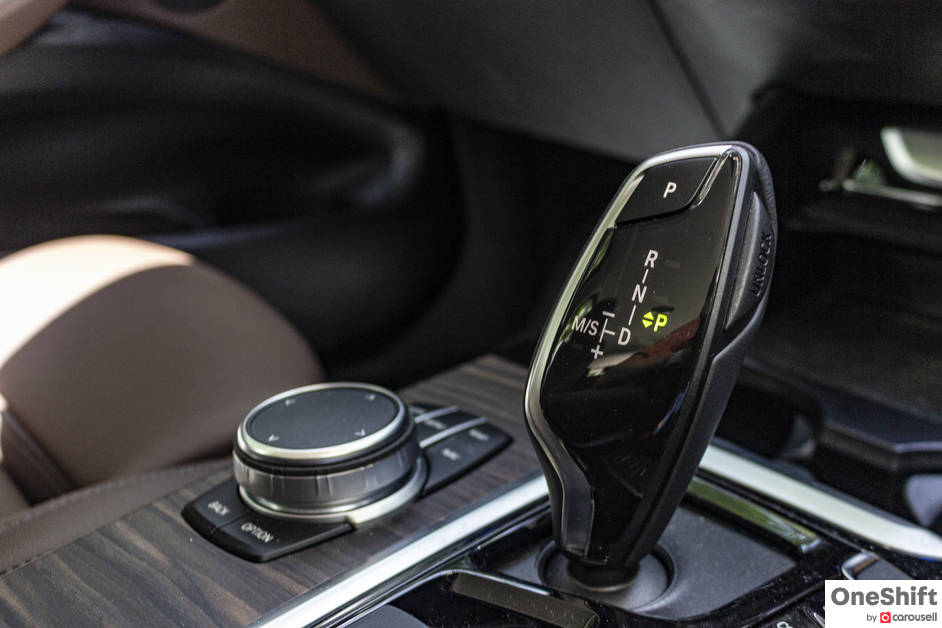
While the PHEV does still deliver an overall driving experience, quite similar to a car with a conventional internal combustion engine, there are a few constant reminders, like the vibrations within the cabin, the moment the engine reactivates, and the slight braking when you lift off the throttle, caused by the scavenging of energy.
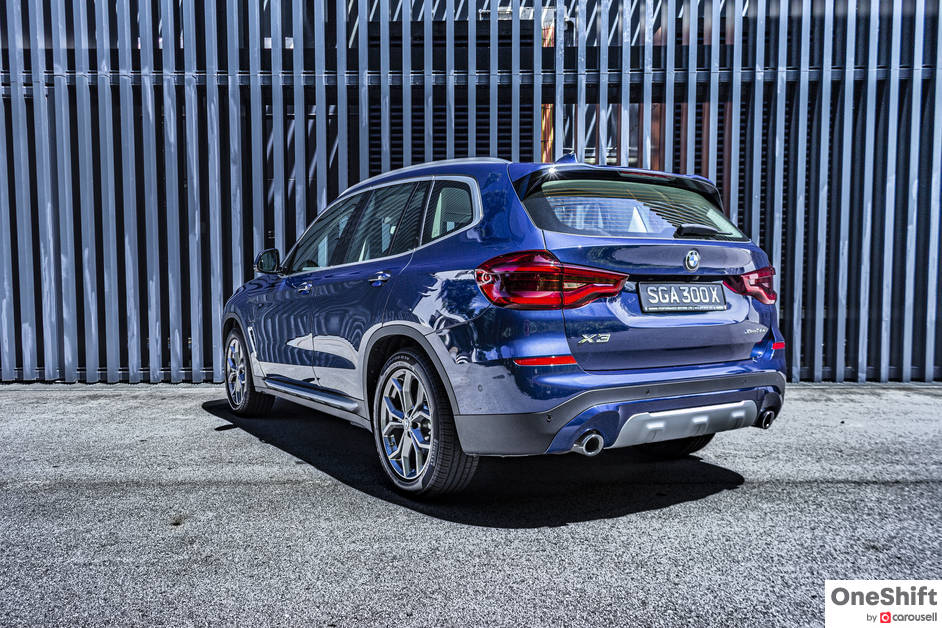
Thoughts of going green aside, the PHEV variant of the BMW X3 retails at the same price as the xDrive30i M Sport. If you are in the market for a compact luxury SUV, and are giving the said X3 with the higher-powered 2.0 serious consideration, and that you do have space at your residence for a charging box, the xDrive30e might be the ideal car to deliver an entertaining drive, at a significantly lower running cost.
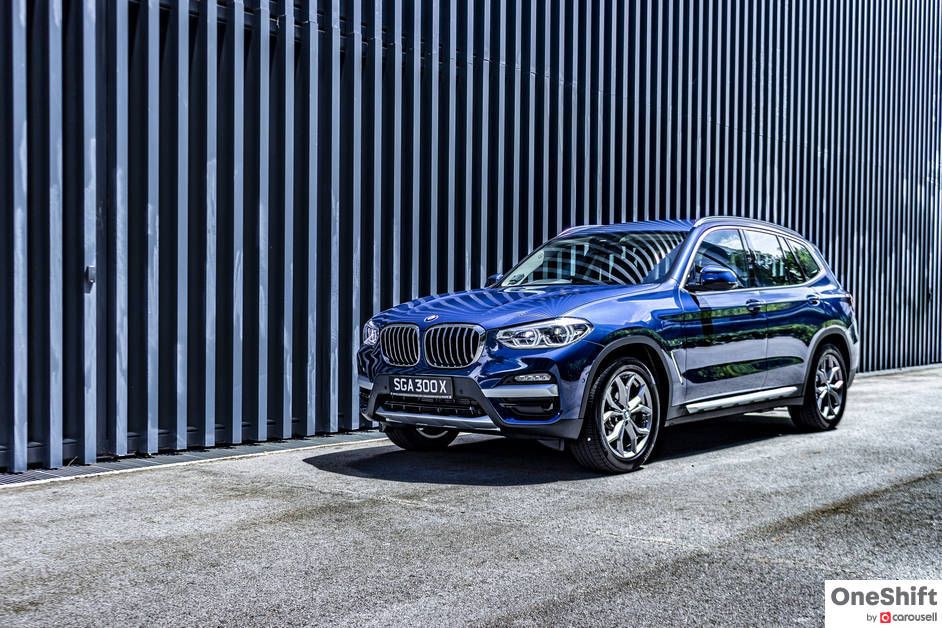
#BMW #SG #Singapore #PHEV #BMWX3 #THEX3 #SG #Roadtest #Testdrive #SAV #SUV #G01 #hybrid #EV
Credits: Words and Photos by Clifford Chow







- Convenient and Hassle-Free
- Consumer Protection
Transparent Process
With No Obligation


Get the Best Price for your used car
from 500+ dealers in 24 hours


